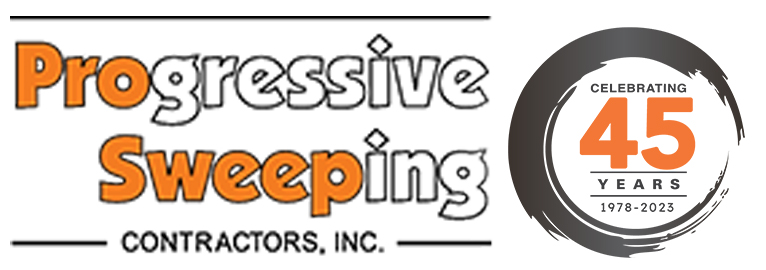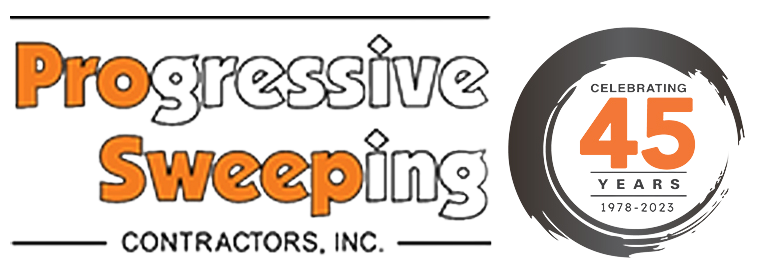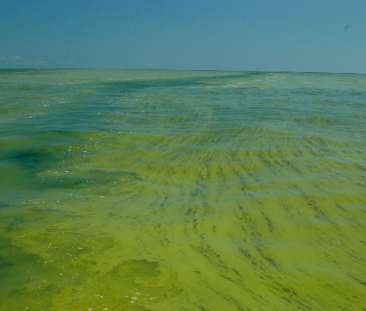In August of 2014 Toledo suffered a water crisis due to an algae bloom on Lake Erie that contaminated the water supply. Although efforts have been made to reduce the pollutants getting into the lake it is still a concern today. Nitrogen and Phosphorus are key nutrients that support the growth of algae and if they grow faster than the ecosystem can handle, the result is an algal bloom that will contribute to toxic water conditions. Nitrogen and phosphorus entering the water supply through runoff from stormwater need to be reduced to avoid another crisis.
Clean Water Act
The Federal Clean Water Act (CWA) was passed in 1972 due to serious concerns about water pollution. It establishes a structure for regulating pollutants that enter the waters of the United States as well as setting quality standards for surface waters. The CWA identifies best management practices (BMP) for decreasing the pollutants with street sweeping being a recommended BPM for mitigating pollutants.
Why Street Sweeping?
Street sweeping is generally perceived as being performed to improve aesthetics by removing litter and gravel, etc.
However, the not so obvious fine material that accumulates along street curbs contains metals from vehicle wear and organic pollutants including polycyclic aromatic hydrocarbons (PAHs) and pesticides from vehicle fluids and vegetation. These materials are combined with yard waste, leaves, and fossil fuel, which increase the levels of phosphorus and nitrogen resulting in these chemicals flowing from the streets into the watershed if proper street sweeping is not performed.
Many contaminates that exist in the highest concentrations are the smallest particles, known as particulate matter (PM). PM varies in size from aerosol to large grit. The EPA categorizes these particles as either coarse (PM10) or fine (PM2.5) according to the diameter of the particle. Sources of these particles include emissions from vehicles and breakdown from traffic and soil particulate. These contaminants are known to be toxic to human health and aquatic life. High levels of these organic and inorganic contaminants in storm water can also degrade the quality of the water supply.
The only way to remove these pollutants on the streets and parking lots is through routine sweeping with vacuum or air sweepers. Many municipalities recognize the impact of stormwater runoff from paved surfaces on their water supply and have implemented street sweeping programs to perform frequent sweeping, especially in areas near large bodies of water.
Some studies have determined sweeping is not effective at reducing pollutants in storm water runoff but most of these studies relied on mechanical broom sweepers, which are generally known to be not as effective at removing fine particles. Newer technology sweepers like the vacuum, and regenerative air have been proven to be more effective at picking up debris and especially smaller PM. A recent study has shown sweeping once per month with a regenerative-air street sweeper was more effective at reducing solids and phosphorus contributions than sweeping three times per week with a mechanical or vacuum sweeper.1
Cost Effectiveness of Street Sweeping
As a pollution control practice, street sweeping has been shown to be quite cost-effective. Other BMP such as detention ponds or filtering devices cost more per pound then what a street sweeper can effectively remove. Controlling the pollutants at street level is more efficient than allowing materials to travel into the catch basins and storm sewer system. Treating contaminated stormwater overflow is expensive and it is difficult to remove all the pollutants. Removing even 30% of the metal through street sweeping would be more cost-effective than installing or improving a treatment facility. The initial capital cost for a sweeper can range from $100,000 to $250,000+ but the long-term removal costs per pound of materials, when compared to other methods, is on the low end. Municipalities need to focus beyond just aesthetics and see street sweeping as an effort to control pollution and improve water quality.2 The following are just a few examples of cities using street cleaning as a way to protect their water systems.
Federal Mandates to Chesapeake Bay
Chesapeake Bay is the largest estuary in the United States and due to increases in pollutants in the watershed, the EPA has mandated the six states surrounding it to comply with efforts to decrease excessive nitrogen and phosphorous sediment. Street sweeping is listed as an action to help decrease these nutrients given the high level of toxic contaminants found in street solids and street sweeper wastes.3
US Geological Survey in Cambridge, Massachusetts
The city was concerned about protecting the Lower Charles River and wanted to determine the amount of trace elements in the street cleaning spoils and the most productive street cleaning methods to reduce the phosphorus levels. The study showed street sweeping was 81% efficient at removing phosphorus.4
Seattle Increases Street Sweeping Budget
In 2016 Seattle increased its street sweeping budget from $1 million to $1.8 million due to its location on Puget Sound as an effort to decrease stormwater pollutants. Due to the abundant rainfall and multiple waterways that flow into Puget Sound, Seattle Public Utilities (SPU) collected data that showed street sweeping was an effective method to help keep pollutants out of stormwater. The team also realized it is more cost effective to remove the pollutants at street level by street sweeping then by building end-of-the-pipe infrastructure. The city has data to show street sweeping cost 4 to 10 times less than threatening polluted water with conventional storm water treatment. When dollars spent are compared to the pounds of pollutants removed by the sweepers, the cost per pound is about $4.80. The cost effectiveness of other methods to capture end-of-the-pipe pollution like ponds and swales was figured to be between $8.20-$53 per pound.5
Municipalities and Routine Sweeping
Street sweeping may have initially begun for aesthetic purposes, but environmental concerns and government regulations have made water quality the most important reason for street sweeping. Regular sweeping by municipalities will keep harmful pollutants off the streets and prevent them from contaminating the watershed.
An effective watershed management program must include a thoughtful street sweeping schedule. Routinely scheduled street sweeping, with the proper equipment, is a proven and cost-effective way to preserve the water supply we rely on for life.
1 Sorenson, J.R., 2013, Potential reductions of street solids and phosphorus in urban watersheds from street cleaning, Cambridge, Massachusetts, 2009–11: U.S. Geological Survey Scientific Investigations Report 2012–5292, 66 p., plus appendix 1 on a CD-ROM in pocket. (Also available at http://pubs.usgs.gov/sir/2012/5292/.)
2 “Seattle Ups Street Sweeping to Address Stormwater Pollution.” Pavement Maintenance, 14 June 2016, forconstructionpros.com/pavement-maintenance/sweepers. Accessed September 5 2018.
3 Donner, Sebastian, et al. “Recommendations for the Expert Panel to Define Removal Rates for Street and Storm Drain Cleaning Practices.” Chesapeakebay.net. 18 September 2015
4 Schilling, J.G. 2005. Street Sweeping – Report No. 1, State of the Practice. Prepared for Ramsey- Washington Metro Watershed District (http://www.rwmwd.org). North St. Paul, Minnesota. June 2005.
5 Sorenson, J.R., 2013, Potential reductions of street solids and phosphorus in urban watersheds from street cleaning, Cambridge, Massachusetts, 2009–11: U.S. Geological Survey Scientific Investigations Report 2012–5292, 66 p., plus appendix 1 on a CD-ROM in pocket. (Also available at http://pubs.usgs.gov/sir/2012/5292/.)


